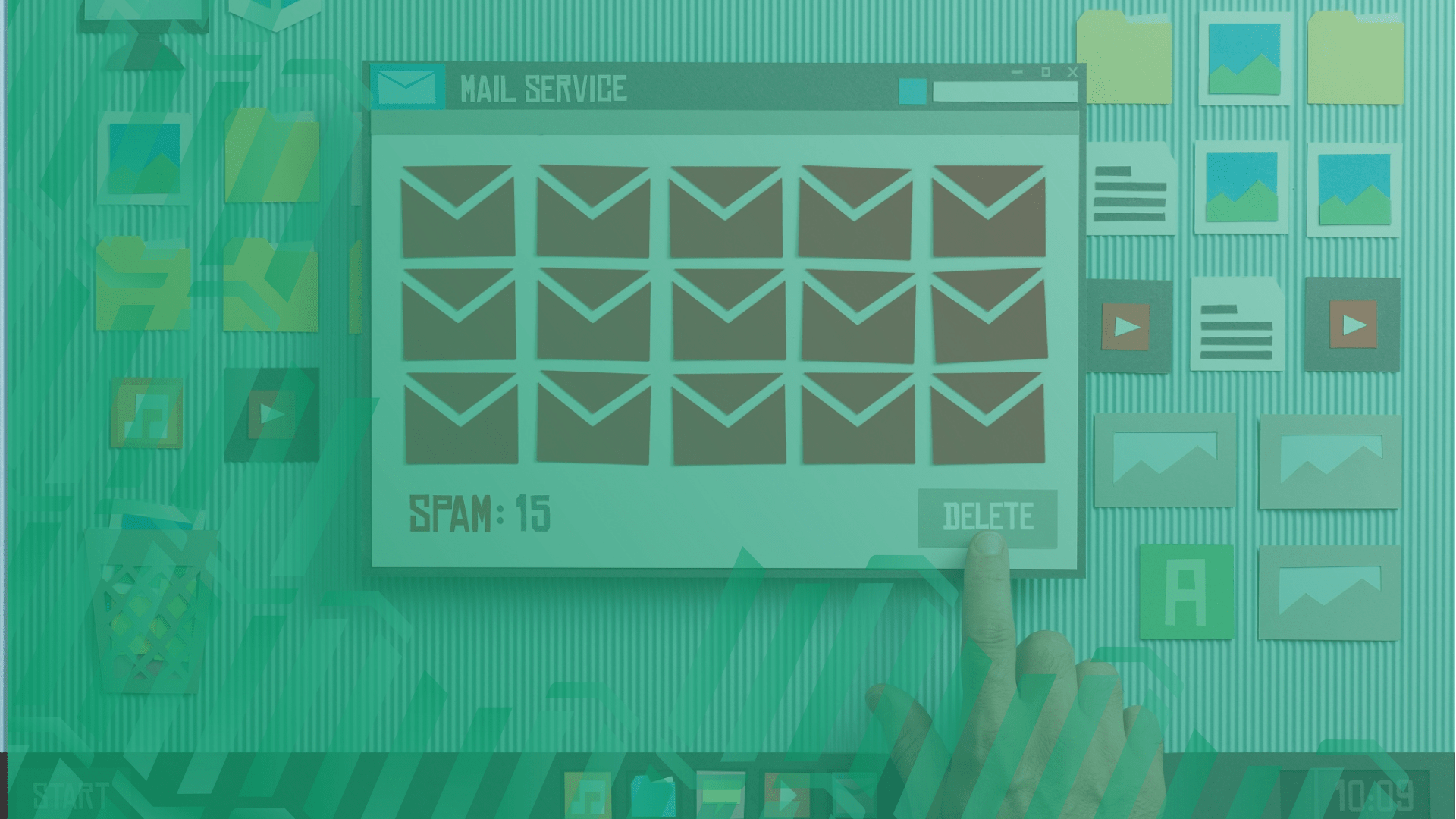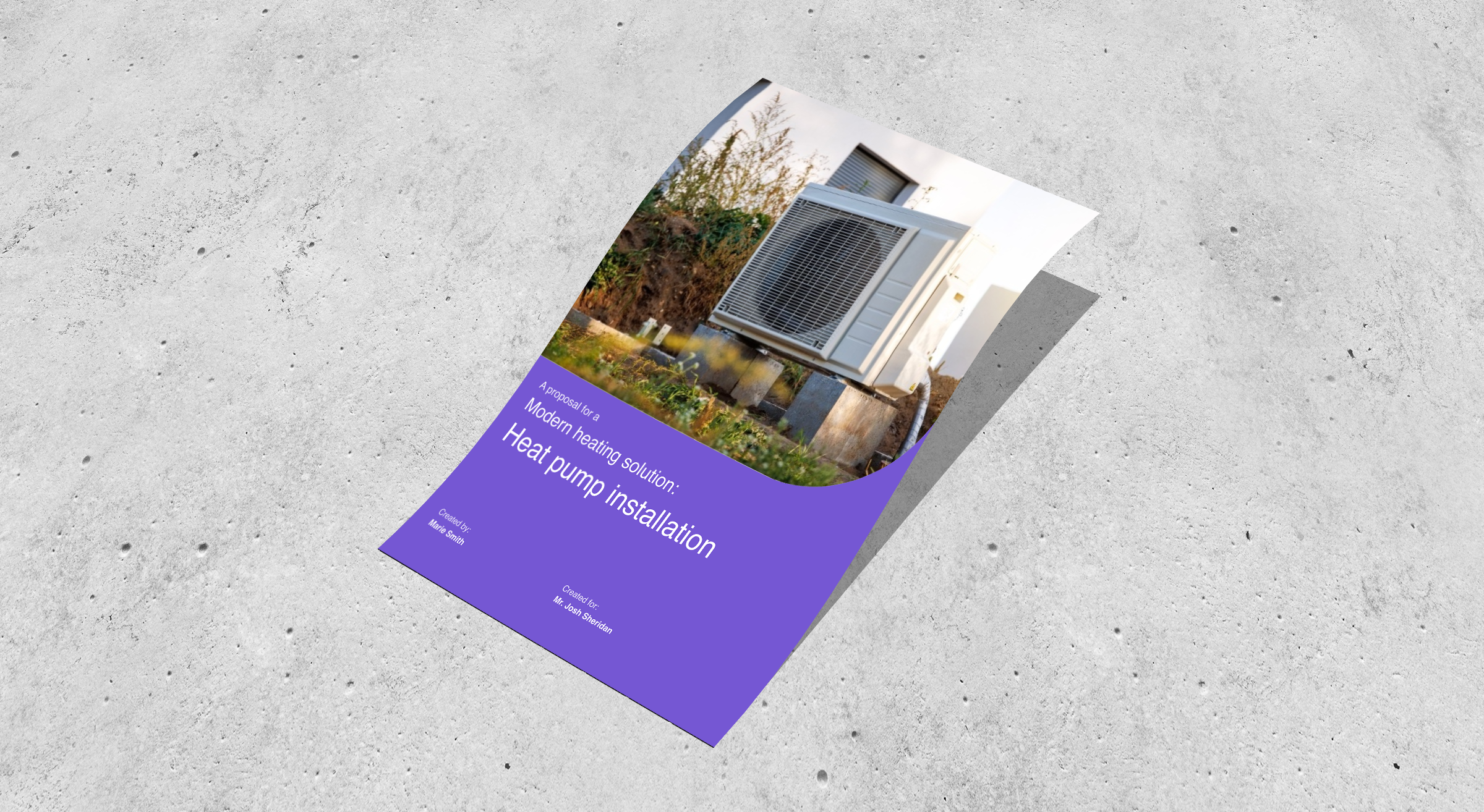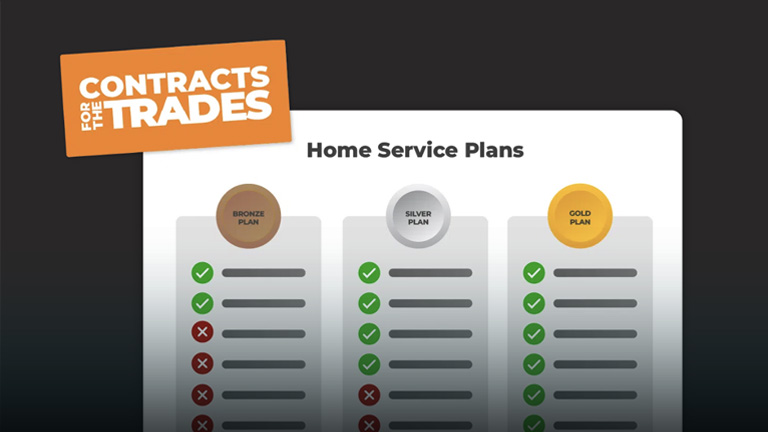How to Use “Keep In Touch Marketing” Without Spamming Customers
January 4, 2022 | Read: 13 minutes

Keeping customers happy—not to mention creating loyal customers—will take more than just providing excellent service. Keep in touch marketing strategies will help you sell your services, without spamming!

Sure, that might not sound like everyone’s cup of tea, but with so much competition to grab a customer’s attention than ever before, you and your team need to know how to do more than just “a great job”.
It’s all about figuring out how & when to engage your audience (and when not to, as well)! That’s what will enable you to grow and sustain your business.
At the end of the day, you’re experts at what you do: from plumbing, to tree surgery to electrical work and so much more. When your customers recognise that, then you’ll create stronger relationships that are built on trust.
To help you in that balancing act, we’ve got 10 tips—and a bit of extra advice—on the best ways to keep in touch whilst marketing to your customers:

Keeping in Touch with Customers: How much is too much?
Good communication is all about timing and being relevant.
Spamming, on the other hand, is a lazier approach to communication: where an excessive amount of messages (many of them irrelevant) get sent in the hope that something might stick out rather than be… y’know, actually useful for them.

A broad example of spam would be you telling every single customer about every single detail of every single service you provide.
This would quickly get on their nerves and be unlikely to convince them to hire you. It would also be an incredibly time-consuming/wasting practice to market yourself in this way.
Think about your own experiences. You might like shopping at Tesco, but you don’t need to hear which items are discounted on your Club Card every day.
However, being told every once in a while that you’ve got enough points to claim a reward? That’s useful!
You can take a similar approach to keep in touch with customers, making sure that the information you share with them is both relevant and timely.
An example would be to send a message about getting their boiler checked before the peak season is in full swing. By giving customers a light nudge when they do need your services, they’ll be far more likely to think of your business first.
Of course, as we said, it can be a bit of a balancing act.
With too little contact, a customer might forget you—or think that you don’t value their business, and so go to a competitor as a result. But too much, and they will think you’re being a nuisance or worse, that you’re desperate, and that’s not going to give them confidence in your services.
10 Tips and Tricks to Keep in Touch with Customers:
To help, we’ve put together a few simple but effective ideas for making sure that when you keep in touch with customers, it’s worthwhile for everyone:
1. Cooperative communication: give & take
As in any relationship, everything needs to be based on give & take. In other words, as close as possible to 50/50.
By keeping in touch with customers and delivering content that they value, you stand to benefit. That’s because whether you’re reminding them to book a service appointment, or sending an email requesting a review for the last job you did, it leads to a tangible benefit.
It may be another paid job that puts money in the bank, a glowing review that helps you attract more customers, or a simple “thank you” from a customer who shows appreciation for your hard work, which can motivate your team.
These rewards will benefit you in different ways. But if you don’t keep in touch with customers, then you won’t be able to reap the rewards!
How Generating Reviews Can Help Your Business Recover after COVID-19
2. Focus on the benefits
As mentioned, a simple and timely service reminder—one that is not too pushy, but rather focuses on why regular servicing could make their lives easier—is probably the best of all.

Any email or text you send, or any call & face-to-face conversation you have, should be with the customer’s best interests at heart.
Granted, you want to make money, upsell your customer to a more beneficial service, and offer financing, but your customer won’t want to feel like they’re being sold to, nor should they feel like they’re being taken for a ride.
If you make it clear that you’re helping them find the best solution to their problem, or that a product you have can do an even better job than the first option they’d considered, they’ll appreciate it.
3. Balance operational communications and marketing promotions
There can be a big difference between emailing a customer to confirm that their job has been booked—an operational communication—and simply trying to sell them something through a promotion.
The best communications combine the best of both worlds, giving your customer vital information while at the same time making them aware of the other benefits your company can offer.
An especially great way to keep in touch with customers is via a newsletter. In this newsletter, you can share such things as blogs, news, promotions (like a seasonal discount), and also free advice to help them out.
With this form of engagement, your customers have a variety to choose from, and it keeps things from feeling too humdrum, boring, or irrelevant.
Variety is the spice of life, after all! By providing options, you’re more likely to engage customers and keep them interested when they do eventually look to buy from you!

4. Think beyond email
Emails are great, but there are excellent alternatives to add to your marketing skills as you aim to keep in touch. For instance, a lot of companies are making use of social media and do so incredibly well.
They provide something useful to their customers, but in bite-sized chunks, such as a short video or an infographic on how to conserve energy or save water.
Besides, the way in which you communicate is just as important as what you choose to share with your customers. That’s true whether it’s your engineers turning up in a tidy uniform, driving a smart-looking branded van, or sending a well-written email!

What do they all have in common?
It’s all about the impression you make on your customers. What they see directly impacts their perception of you.
Importantly, when it comes to written comms, make sure that content is free of spelling mistakes and keep messages concise. This helps customers easily understand what you’re trying to say—something that is often overlooked in the rush to get the message out.
You don’t need to have a degree in English Literature to worry about getting this absolutely perfect, and even if you do, a quick look from a colleague will help prevent glaring errors.
We all make mistakes, but consistent grammar and spelling errors are the kind of little attention to detail that can put doubt in whether to trust a company or not. “After all,” they think, “if the company can’t even run a spell check, what other little details might they miss?”
5. Customers love reviews and testimonials
Every customer likes to read reviews; whether it’s a full-on case study or a more straightforward testimonial, as long as they can relate to what another customer has said, they’ll find reviews both useful and relevant content to engage with.

Keeping in touch with customers to collect, share, and hear about their experiences is also a great way to learn about your own company. They may have suggestions that can help you improve the work you do and, as a result, more positively impact new customers. If that is the case, then you can share the good news, and tell customers you listen to them by showing them that you do!
Have you recently installed a new boiler for a hotel? Let customers in similar lines of business know about it. Was there an interesting story about the incredibly old tree your team had to fall for a recent job? These “interest stories” can be a useful way to engage and entertain customers so they’re more likely to keep you in mind if they ever need your services.
6. Show, don’t just tell
Even when perfectly correct, text-only communications can be boring. People like pictures—there’s a reason the phrase “a picture is worth a thousand words” became popular!
We mentioned social media earlier, and it’s no secret that a lot of companies have branched out to apps like Instagram and even TikTok. A link to a video—for example, a tutorial posted on your website or YouTube—can be even better.
Ultimately, sharing a quick video or a promotional picture, whether it’s of amazing work that’s been done, or even a local charity run your team took part in, is a great way to keep in touch with customers and let them know what’s going on, not just with work, but beyond it.
Much like it’s worth taking time to have someone proofread your texts, it’s also worth investing some time and effort to make the photograph as appealing as possible.
This humanises your business and makes you more accessible to customers.
It doesn’t have to be taken by a professional, but a well-lit, thoughtfully composed image will always be better than a quick snap taken on your phone in a dimly lit room.
Hubspot has a great 101 on Phone Photography, so don’t feel you need professional equipment to take professional photos.
📽️ Want to get started with Video Marketing to keep in touch with your customers?
7. Consider starting a blog
Look at your website. Does it inform people about your company, or merely promote your services?
If you want to do both, consider writing a blog that provides useful tips for consumers. Blogging—a form of inbound marketing—is a great way to attract extra attention to your website, and prospects will start to recognise your business as an expert in your field.
It’s a more indirect way to keep in touch with customers, but doing so regularly is easy. To get started, keep it simple. If you have just 2 blogs every month, you can then build up from there and share your content in a newsletter and on social media.
Eventually, you’ll tease out what content works best for you what’s of interest to your customers. Whether it’s informative, advisory, or simply entertaining, a blog is a perfect way to encourage customers to interact with you and communicate extra value.

8. Invest in email automation
Too many people send out spammy emails far too often, and all you need to do is think about how many emails you simply delete every day.

Less is more in these cases, and quality is more important than quantity.
So, while we’re on the subject of emails and social media, don’t get carried away with the latest technological gimmicks. Email marketing tools, like MailChimp, are very powerful at helping you keep in touch.
Automation can save you from having to remember to schedule content each and every time, and making use of templates can also save you the hassle of feeling like you’re starting from scratch, as well.
Whether you’re sending a customer an invoice, estimate, service reminder, or review request, we created The Customer Communication Toolkit as a means to not only save you time with important emails, but explain how an automation solution can help you, too.
9. Use content & context marketing
When most people think of marketing they don’t think “service reminder,” they think “advertising.” Big mistake! What we have described above is what marketers call ‘content and context’ marketing and it’s a great way to keep in touch in a meaningful way.
- Content provides something useful and informative with every communication.
- Context provides the right information at the right time.
A service reminder is a perfect example of this, as it’s simple but effective. It demonstrates in a non-pushy, non-spammy manner that you are looking after customers in a useful way (content) and—if you have your admin systems set up correctly—it does this at precisely the right time (context).
Again, it’s how you frame what you’re communicating and when you’re keeping in touch with customers. When done properly, you’re going to learn more about what interests them, makes them tick, and how to best respond back to them.
10. Marketing’s nothing without empathy
There’s one last word in every marketer’s toolbox, and it’s, without doubt, the most important: empathy.
Interacting with your customers isn’t just about what you want to get out of them, it’s appreciating why they’ve reached out to you and understanding what you can do to help.
Pretend you’re the customer about to receive your communication. Whether it’s a text, phone call, or email, ask yourself: would I want to read it? Does it benefit me in some way? Does this make my life easier? Or do I think I’d just delete it as soon as I see it?
Granted, you can’t please everyone, but asking these questions will help you deliver more appropriate responses that are helpful, sound more human, and engage customers in the right way.
Keep in Touch Marketing Transforms how you Communicate
For keeping in touch with customers with good marketing, the points above will help you stay on the right track and ensure spam doesn’t even enter into the equation.
With it, you can make sure the communications you send are relevant, well-crafted, and timely, and you’ll be able to build up a fantastic following that will take your company to the next level.
To learn even more about how to create quality, professional communications, be sure to download The Customer Communication Toolkit. It’s your free guide to creating consistent, helpful comms, every day!









